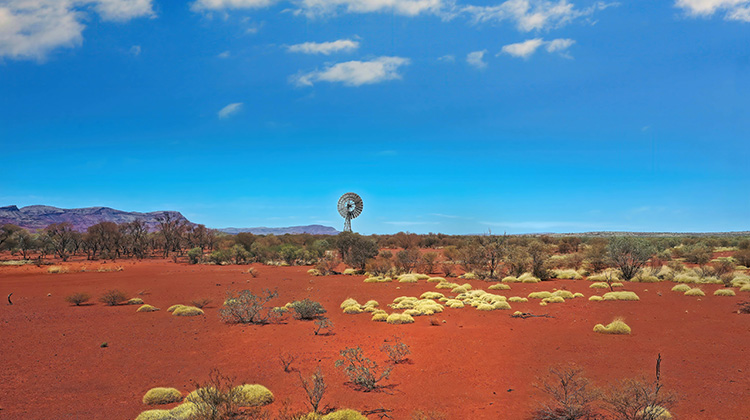Digital divide for First Nations students widens during pandemic

One in four First Nations households has no internet access, limiting learning opportunities for Indigenous students.
COVID-19 widened this digital divide over the last year, many First Nations students could not access the learning materials, teaching and support that their class peers could access online as learning went remote.
First Nations homes relied more heavily on costly, inefficient mobile data for internet access (37 per cent) compared with the general population (21 per cent). As a result, First Nations households are spending a greater slice of their household income on internet access than non-First Nations families.
World Vision Australia in partnership with the Australian Literacy and Numeracy Foundation’s (ALNF) report, Connecting on Country: Closing The Digital Divide For First Nations Students In The Age of COVID-19, found the gaps between First Nations and non-First Nations families were only getting wider.
Report author and World Vision’s First Nations policy advisor Dr Scott Winch said, “There has been a great disparity in online education access for First Nations students for a long time.
“Educational outcomes for Indigenous students are already lagging the broader population, with only Year 9 numeracy on track in most states, and Indigenous children are twice as likely to be developmentally vulnerable.
“COVID-19 has accelerated reliance on the internet across almost every area of life, including in education, which makes it more important than ever to urgently close the Digital Divide for First Nations students. Every First Nations child should have the opportunity to learn and continue their education online.”
The report identified five key actions: develop a federal First Nations digital inclusion strategy, prioritise First Nations communities in the rollout of the Mobile Black Spot Program, consider including a dedicated target on closing the digital divide, explore public-private partnerships and increasing internet affordability and access and fund research into the impact of the Digital Divide to inform resourcing decisions.
Dr Winch said closing the Digital Divide was a shared responsibility, with the Government and private sector playing a role. This was particularly the case for remote communities which have much larger disparities for First Nations Families than other regions, largely due to geographic isolation, lack of infrastructure, socioeconomic disadvantage and lower literacy and English levels.
“Addressing the Digital Divide should not be a question of ‘if’ but ‘how fast’,” Dr Winch said. “In 2021, online access and digital inclusion are a necessity for all Australian students, not a luxury. It’s imperative that First Nations students can access the same resources and education opportunities as other Australian students who take access to equipment and internet connections for granted.”
Professor Tom Calma AO, co-chair of the ALNF, said that “advancements in technology and digital distribution of reading and learning resources are welcomed, but when not backed up with a comprehensive implementation strategy to close the Digital Divide, the gap in Indigenous educational equality will widen”.
“Digital delivery and access are key determinants of both education and health and non-access is significantly and detrimentally impacting on Aboriginal and Torres Strait Islander peoples – irrespective of where they live.”
Photo by electra kay-smith from Pexels